Introduction
Since its incorporation in 1984, the City of West Hollywood (WeHo) has served as a beacon of progressive governance, diversity, and cultural vitality in Southern California. The City has distinguished itself as a progressive and inclusive community, championing social justice, cultural innovation, and environmental sustainability. Over the past 40 years, it has pioneered landmark legislation, celebrated artistic expression, and stood at the forefront of LGBTQ+ rights, public health, environmental sustainability, and social equity. As the City commemorated its 40th anniversary, this living document provides an exploration of West Hollywood's journey—its groundbreaking policies, cultural milestones, enduring commitment to its core values, and its role as a trailblazer among American municipalities standing as a testament to the transformative power of community-driven initiatives that address pressing social issues.
The Pre-History: West Hollywood Before Incorporation
Long before its cityhood, the area now known as West Hollywood existed as an unincorporated region of Los Angeles County. Historically a transportation corridor during the late 1800s and early 20th century, it was a pivotal part of the Los Angeles Pacific Railway system and later became known for the electric trolleys that moved Angelenos across the county.
In 1886, a real estate developer and entrepreneur named Moses Hazeltine Sherman bought a portion of Rancho La Brea from Hancock in order to construct segments of two electric railways, the Pacific and the Pasadena lines, which connected Los Angeles to the small, beachfront town of Santa Monica. At the intersection of the two railways, he established the headquarters of his Los Angeles Pacific Railway Co., the railway’s power generators and a small residential area for railway workers—a settlement he named “Sherman.”
The rise of the Sunset Strip during Prohibition as a haven for speakeasies and nightclubs laid the foundation for the area’s future cultural identity.
With the emergence of the motion picture industry in the early 20th century, the town of Sherman became an attractive residential area for film stars working in nearby Hollywood, and soon the movie business entered the City itself. After founding the United Artists production company, Charlie Chaplin, Mary Pickford, and Douglas Fairbanks established the Pickford-Fairbanks Studios near Santa Monica Boulevard, which still exists today as The Lot. In 1925, the inhabitants of Sherman voted to change the name to West Hollywood in order to emphasize its relationship to its glamorous neighbor. However, the area of West Hollywood still technically remained not a city but an unincorporated region of Los Angeles County.
The mid-20th century saw West Hollywood emerge as an eclectic mix of entertainment industry workers, retirees, and immigrant communities.
Due to its unincorporated status, West Hollywood both existed outside the jurisdiction of the Los Angeles Police Department and lacked a police department of its own. Loosely overseen by the Los Angeles County Sherrif’s Department, the region became a hotbed of liquor and nightlife. The dirt road at the northern border of West Hollywood, which served as the main commuter route between Beverly Hills and Hollywood, became known as Sunset Blvd., and nightclubs, hotels and restaurants sprung up along The Sunset Strip. Gambling, which was legal in Los Angeles County but not in the City of Los Angeles, brought money and the attention of mobsters like Bugsy Segal and Micky Cohen, regulars at Strip nightclubs like Ciro’s (now The Comedy Store) and the Melody Room (now Viper Room). In the Golden Age of Hollywood, West Hollywood was the swankiest, most glamorous nightlife destination in the Los Angeles Metropolitan area.
West Hollywood added to its growing legend throughout the following decades. In the '60s and '70s, it became a major gathering place for the counterculture, with hippies, musicians and artists flooding the streets. Acts like Led Zeppelin, The Doors and Elton John won over crowds in emerging music venues such as The Troubadour, The Whisky a Go Go, and The Roxy. The Strip continued to be a cultural center for punk rock and New Wave during the late 1970s, and evolved into the epicenter of the colorful glam metal and heavy metal scenes during the 1980s. Groups including Van Halen, Mötley Crüe and Guns N' Roses redefined the standard for excess, with West Hollywood serving as their playground.
Because the area was unincorporated, residents did not receive the same municipal services as those in incorporated cities. More importantly, they lacked local political representation, which eventually galvanized efforts toward cityhood.
Meanwhile, dispossessed and underserved minorities, most notably gay, lesbian and genderqueer-identifying people, flocked to West Hollywood to escape the persecution they faced at the hands of the LAPD and other city departments. At the same time, an influx of Russian Jewish émigrés fled the USSR and began to settle in the area. By the early '80s, rent prices in West Hollywood had begun to skyrocket, and the region’s minority and elderly populations faced the prospect of being priced out of the neighborhood that they had helped create. In 1984, a coalition of gay people, Russian Jews, and the elderly, spurred by the imminent expiration of L.A. County’s rent control protections, successfully held a vote to officially incorporate the area as the City of West Hollywood, electing a city council with an openly gay majority and immediately passing a series of rent control measures to protect its longtime citizens. West Hollywood soon developed a reputation as a self-governed gay city and became a vanguard for progressive legislation, social change and LGBTQ culture.
Founding and the First Decade (1984–1994): Rent Control, LGBTQ+ Rights, and HIV/AIDS Activism
The founding of West Hollywood on November 29, 1984, was a landmark moment not just for the region but for progressive politics nationwide. The incorporation movement was led by a coalition of LGBTQ+ activists, seniors, and renters—many of whom lived in rent-controlled apartments threatened by soaring housing prices and development pressures. This coalition of LGBTQ+ activists, seniors, and renters, aimed to create a city that prioritized social justice and protected the rights of its diverse populace.
In its inaugural year, the City enacted one of the nation's strictest rent stabilization ordinances, safeguarding residents from exorbitant rent hikes and unjust evictions. This move was pivotal in ensuring affordable housing and preventing displacement, reflecting the City's commitment to socioeconomic equity.
Concurrently, West Hollywood became a trailblazer in LGBTQ+ rights by implementing a Domestic Partnership Ordinance in 1985, extending legal recognition and benefits to same-sex couples—a groundbreaking step towards marriage equality. This ordinance not only provided essential legal protections but also set a precedent for other municipalities to follow, marking West Hollywood as a leader in the fight for LGBTQ+ rights.
The 1980s were also the height of the AIDS crisis. West Hollywood took an early and vocal stance in supporting public health responses to HIV/AIDS. The City allocated funding for education campaigns, partnered with nonprofit organizations to provide healthcare services, and became a hub for community activism.
The City's proactive stance during the AIDS crisis further underscored its commitment to public health and social services. By allocating substantial funds to HIV/AIDS organizations and launching one of the first municipal AIDS awareness campaigns in 1985, West Hollywood set a precedent for local government responses to health emergencies. These efforts were crucial in providing support and resources to affected individuals and in combating the stigma associated with the disease.
Notable Milestones:
- 1985: West Hollywood enacts one of the nation's first domestic partnership ordinances.
- 1986: Establishment of the City’s Social Services Division to support seniors, LGBTQ+ residents, and people living with HIV/AIDS.
The Second Decade (1994–2004): Civil Rights, Urban Planning, and Social Programs
Throughout the 1990s, West Hollywood solidified its reputation as a city that valued civil liberties and social equity. It became one of the first cities to advocate for transgender rights and passed ordinances banning workplace discrimination based on gender identity.
Building upon its foundational values, West Hollywood expanded its social services throughout the late 20th century. The City allocated millions in grants to support seniors, individuals with disabilities, and those battling substance abuse, reflecting a holistic approach to community well-being. These initiatives ensured that vulnerable populations received the support and resources they needed, reinforcing the City's commitment to inclusivity and social welfare.
City leaders also prioritized sustainable urban development. This era saw efforts to manage growth while preserving the character of the City’s neighborhoods. Programs for affordable housing were expanded, and the City launched initiatives to improve pedestrian access, public transportation, and green spaces.
In 2001, West Hollywood established the nation's first municipal Transgender Task Force, which evolved into the Transgender Advisory Board in 2009. This initiative highlighted the city's dedication to addressing the unique challenges faced by transgender individuals and promoting inclusivity. The board has been instrumental in advising the city on policies and services that impact the transgender community, ensuring that their voices are heard and their needs are met.
Notable Milestones:
- 1998: West Hollywood bans the sale of Saturday Night Special handguns.
- 2001: Creation of the Transgender Task Force—the first municipal body of its kind in the U.S.
The Third Decade (2004–2014): Sustainability, Preservation, and Cultural Flourishing
Entering the new millennium, West Hollywood embraced environmental sustainability as a core value. In 2007, it adopted one of the nation's first mandatory green building ordinances, promoting eco-friendly construction and reducing the city's carbon footprint. This ordinance required new developments to meet specific environmental standards, reflecting the city's commitment to combating climate change and promoting sustainable urban development.
Cultural preservation also took center stage during this period. Recognizing the importance of its architectural and historical heritage, the city adopted a Historic Preservation Ordinance in 1989 and designated over 90 cultural resources, including six historic districts. These efforts have ensured that the city's rich history is preserved for future generations, maintaining the unique character and identity of West Hollywood.
The 2000s were characterized by environmental innovation and a strong push for cultural and historical preservation. West Hollywood adopted a Green Building Ordinance in 2007, making it a leader in eco-conscious urban policy. The City also prioritized the documentation and preservation of its architectural and cultural heritage through the Historic Preservation Commission.
This period also marked a cultural renaissance, with West Hollywood investing heavily in public art, performance spaces, and events celebrating diversity.
Notable Milestones:
- 2007: Implementation of a Green Building Ordinance mandating LEED-certified construction.
- 2010: Major renovations of West Hollywood Park begin, including the new West Hollywood Library.
The Fourth Decade (2014–2024): Innovation, Inclusion, and Resilience
The most recent decade has seen the City double down on its values of inclusion and social innovation. West Hollywood has led the way on workers’ rights, including implementing one of the highest municipal minimum wages in the nation. The City has invested in mental health services, substance use intervention programs, and community safety strategies.
The past decade has seen West Hollywood continue its trajectory of innovation and social equity. The launch of "The PickUp" in 2013, a free nighttime shuttle along Santa Monica Boulevard, addressed transportation needs while reducing impaired driving incidents. This service has been instrumental in enhancing public safety and providing convenient transportation options for residents and visitors alike.
In 2022, the city adopted its first Community Safety & Well-Being Strategy, a comprehensive approach to public safety that integrates social services, housing agencies, and healthcare providers to address complex community challenges. This strategy reflects a shift towards a more holistic understanding of public safety, one that goes beyond policing to include various aspects of community well-being.
Furthermore, West Hollywood has maintained its leadership in workers' rights by implementing one of the highest minimum wages in the country, reflecting its commitment to economic justice. This policy ensures that workers in the city can earn a living wage, contributing to overall economic stability and prosperity.
Technological advancements have been leveraged for public engagement and urban efficiency. The City adopted smart-city technologies for traffic management, utilities, and public services.
Notable Milestones:
- 2017: Launch of the “Sunset Spectacular” digital billboard art program.
- 2022: Introduction of the Community Safety and Well-Being Strategy.
Drag Laureate Program
In 2023, West Hollywood became the second city in the nation to establish a Drag Laureate position. The role celebrates the art of drag and its integral place in LGBTQ+ history and culture. The Drag Laureate serves as a cultural ambassador, hosting community events, supporting local artists, and participating in educational programming.
WeHo Reads: Celebrating Literary Excellence
The WeHo Reads program has hosted an array of celebrated authors and literary figures, reflecting the City's dedication to intellectual and artistic engagement. Authors such as Roxane Gay, Armistead Maupin, and Alison Bechdel have participated in readings and discussions, addressing topics ranging from identity and politics to creative writing and social justice.
WeHo Reads partners with local bookstores, libraries, and schools, enriching the community’s access to literary culture.
Film and Television in West Hollywood
West Hollywood’s dynamic streets, iconic clubs, and architectural landmarks have made it a popular location for film and television productions. Notable examples include:
- Entourage (HBO), featuring locations like the Sunset Strip.
- Amazon Prime’s Emmy-award winning “Daisy Jones and the Six” transported West Hollywood back to the 1970s, filming at many of our beloved music venues through the City, as well as in our signature residential areas.
- HBO’s iconic series “Entourage,” “Westworld,” and new seasons of “The Comeback” and “Winning Time” have all highlighted West Hollywood as a destination for unmatched locations.
- The upcoming Netflix feature film “Animals,” directed by and starring Ben Affleck illuminated the Sunset Strip with star power.
- The Oscar winning “Her” directed by Spike Jonze filmed throughout the Pacific Design Center’s unique, chameleonic campus.
- Hulu’s “All’s Fair” from Ryan Murphy brought camp and dramatic circumstance to West Hollywood while recently filming their debut season.
- “Selling Sunset,” “Vanderpump Rules,” “RuPaul’s Drag Race,” and “The Real Housewives of Beverly Hills” are just a few of the many reality-based/documentary projects that regularly showcase the City, making West Hollywood a main character in their world.
Numerous reality TV shows, music videos, and commercials also utilize the City for its instantly recognizable backdrop.
Cultural Institutions and Music Venues Before Cityhood
Even before 1984, West Hollywood's music scene shaped American pop culture. The Troubadour (opened in 1957) and Whisky a Go Go (opened in 1964) were pivotal in launching careers of folk, rock, and punk musicians. These institutions laid the groundwork for the City’s cultural identity.
Music History and Iconic Performers
West Hollywood’s music venues are legendary. The Troubadour, Whisky a Go Go, the Rainbow, and The Roxy Theatre have hosted iconic performances by:
- Elton John (U.S. debut at The Troubadour in 1970, introduced by Neil Diamond)
- The Doors, Janis Joplin (early gigs at Whisky a Go Go)
- Buffalo Springfield, Joni Mitchell, Gordon Lightfoot, Neil Young, James Taylor, Billy Joel, Van Morrison, Steve Martin, Pointer Sisters, Miles Davis, among many Troubadour debuts/performances
- Guns N’ Roses (rise to fame on the Strip)
- Lady Gaga, Prince, Miley Cyrus, and more in recent years
These venues continue to support emerging and established artists, making West Hollywood a mecca for live music.
The City also produces its own free music series: Summer and Winter Sounds. The series features a variety of musical genres and performances from up and coming acts, local favorites, and Grammy-nominated global superstars. Performers have included: Mariachi Arcoiris de Los Angeles which prides itself on being the world's first LGBTQ mariachi band. Their tight, energetic, and intricate sound has been honed by the work they've had to do to navigate the typically hypermasculine and heteronormative world of mariachi as gay and trans musicians.
The History of the Sunset Strip
The Sunset Strip, located within West Hollywood, has been a cultural epicenter since the 1920s. During Prohibition, it flourished with speakeasies and underground clubs. In the 1960s and '70s, it was the cradle of the counterculture movement, with music and protest converging at clubs like Pandora’s Box and The Whisky.
By the 1980s, the Strip had evolved into a glam rock hub, and today it balances nightlife with cultural heritage, attracting visitors from around the globe.
WeHo Pride
West Hollywood has long been a leader in LGBTQ+ pride celebrations, hosting one of the largest Pride events in the world. WeHo Pride is the successor to LA Pride events historically held in the City. The City now hosts its own series of events, including:
- The Pride Parade, Dyke March, and Women’s Freedom Festival
- OUTLOUD Music Festival
- WeHo Pride Arts Festival
- Harvey Milk Day Celebration
WeHo Pride is recognized for its inclusivity, featuring drag shows, trans visibility programming, and queer youth outreach.
West Hollywood Halloween Carnaval
The West Hollywood Halloween Carnaval is one of the largest Halloween celebrations in the world. Drawing countless thousands of attendees annually, the event transforms Santa Monica Boulevard into a pageant of costumes, live music, and themed performances. It exemplifies the City’s embrace of creativity, diversity, and public celebration.
Pioneering Policies and Firsts
Throughout its history, West Hollywood has been at the forefront of progressive policymaking:
- Animal Rights: The City was the first to outlaw the declawing of cats and, in 2011, banned the sale of clothing with real animal fur, emphasizing ethical treatment of animals.
- Gun Control: In 1988, West Hollywood implemented a citywide ban on semi-automatic rifles, contributing to broader discussions and actions on gun control measures.
- Cannabis Policy: In 2006, the City prioritized the decriminalization of cannabis offenses, leading the way in progressive drug policy reform.
Conclusion
West Hollywood's story is one of visionary leadership, grassroots activism, and cultural celebration. From its inception in 1984 through four decades of progressive innovation, the City has established itself as a model of what a small municipality can achieve. As it enters its fifth decade, West Hollywood continues to inspire as a vibrant, inclusive, and forward-thinking urban community.
This document will continue to grow as West Hollywood shapes the future.
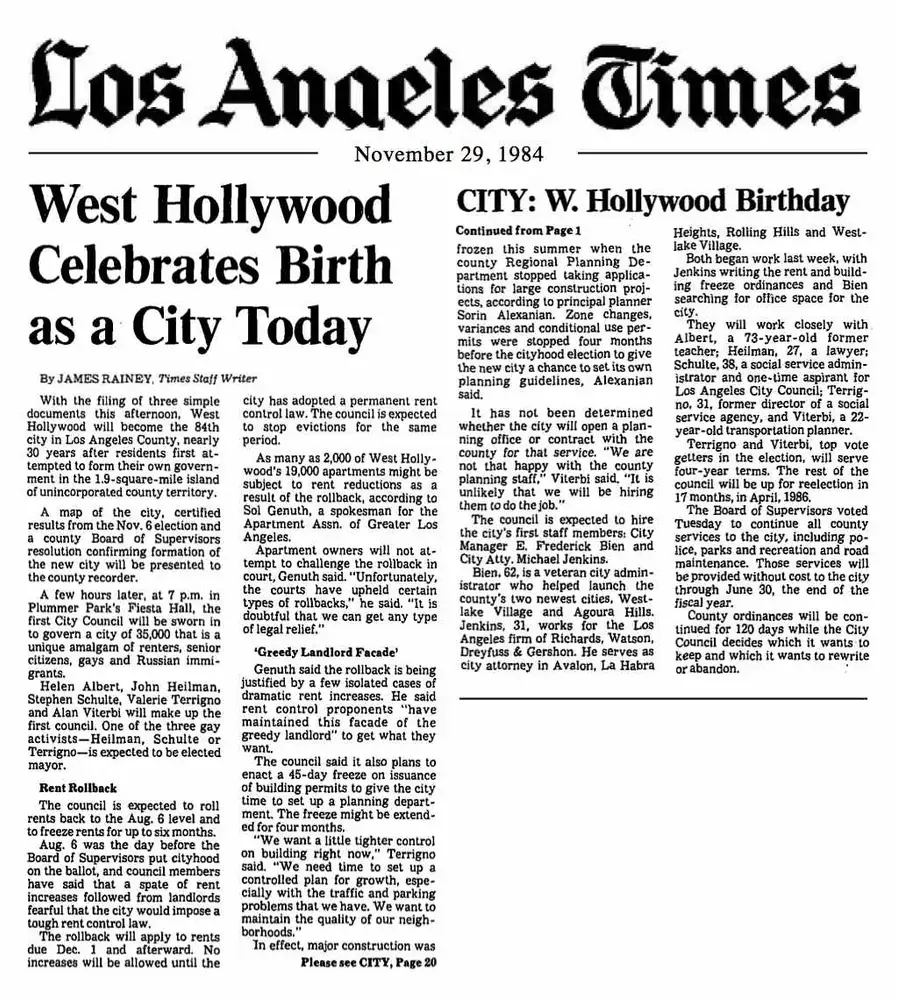
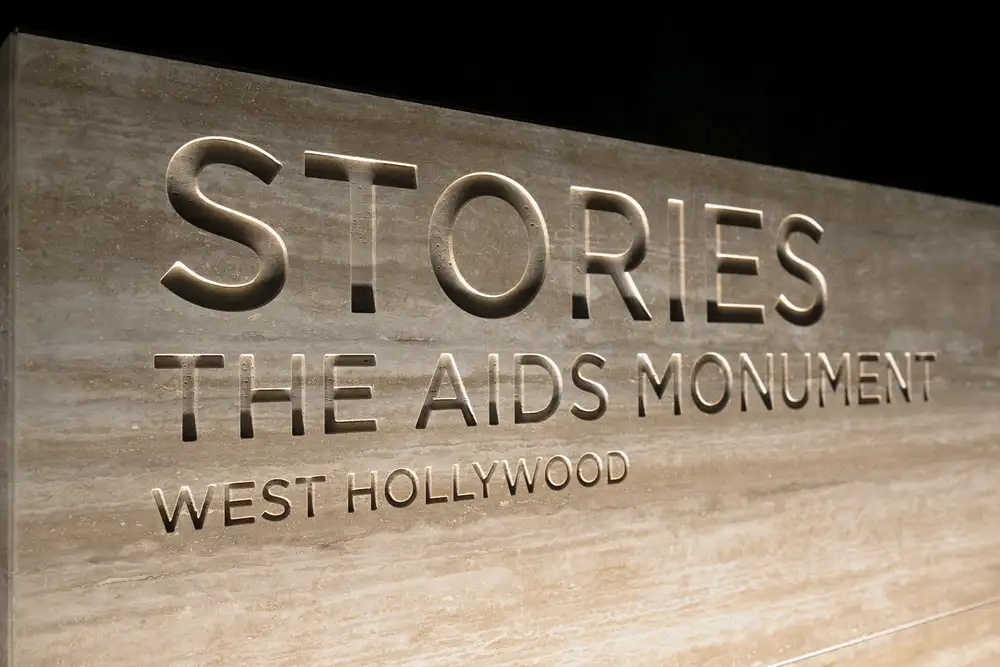
.webp)


.webp)
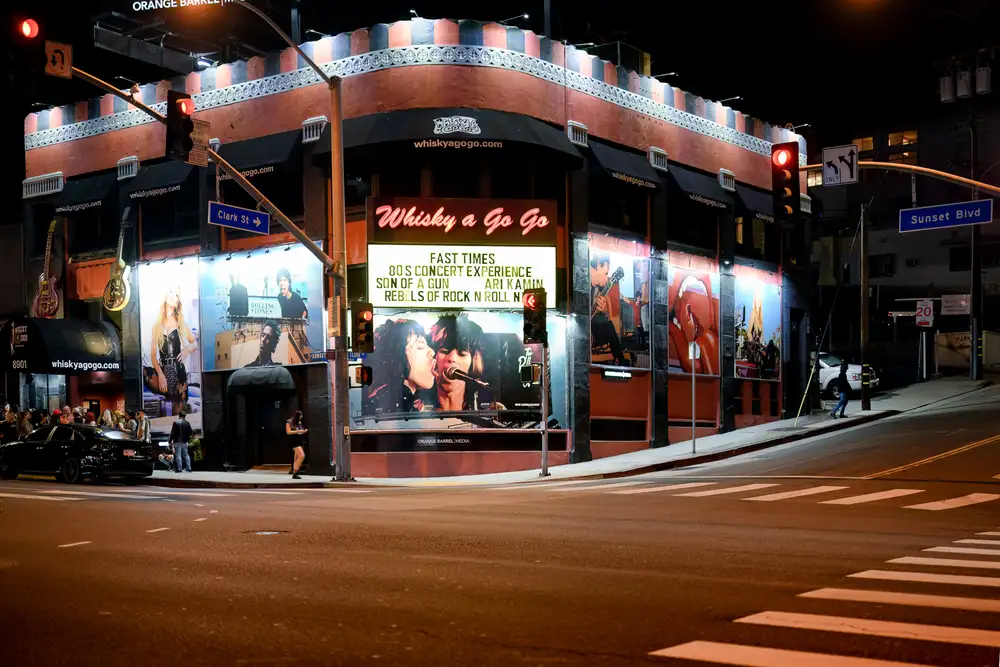

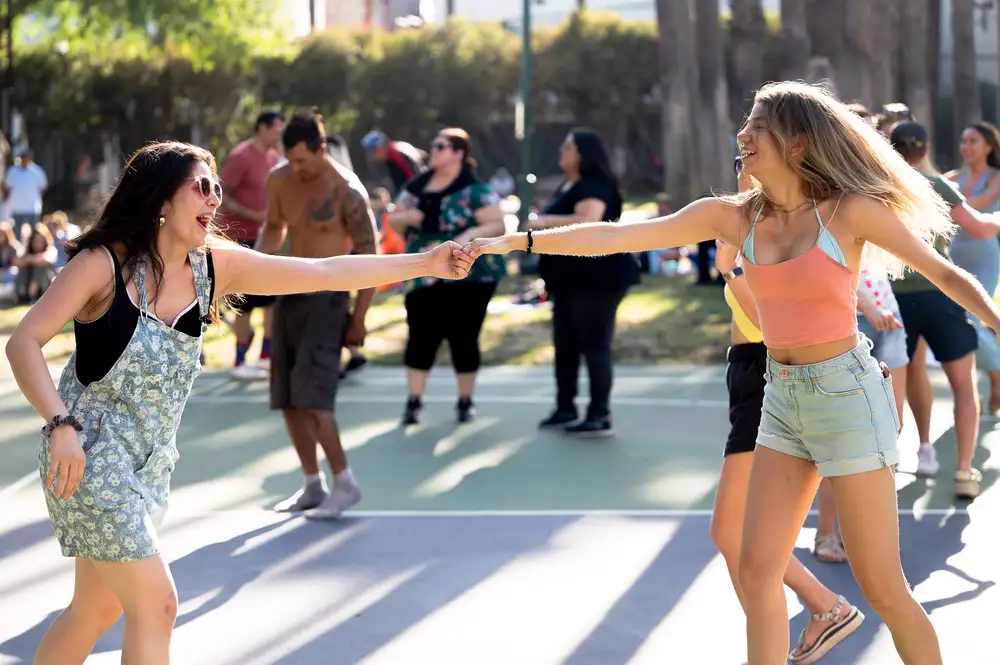
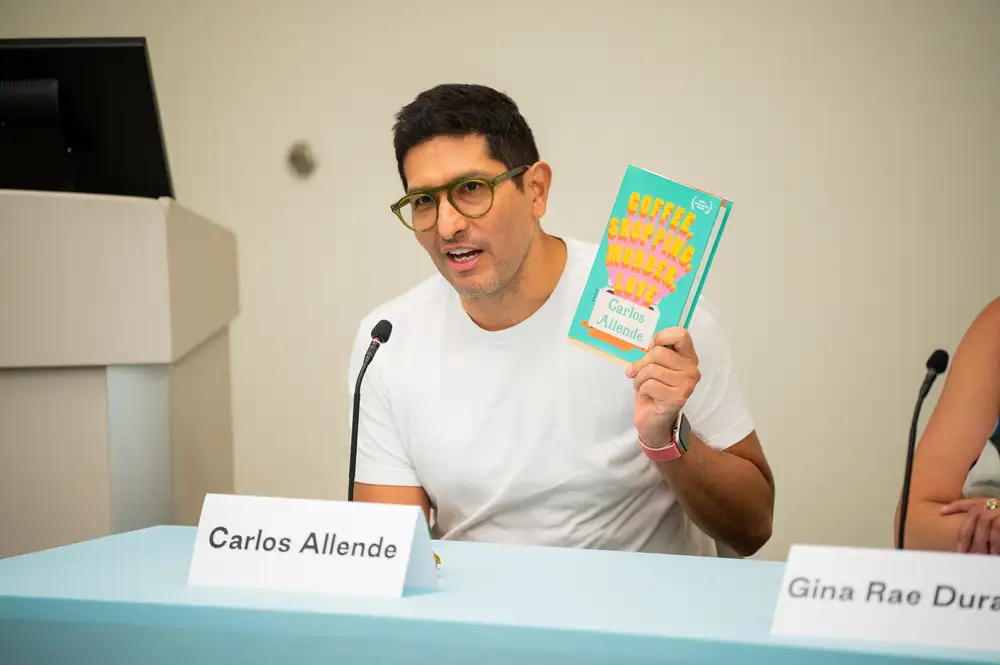

.png)

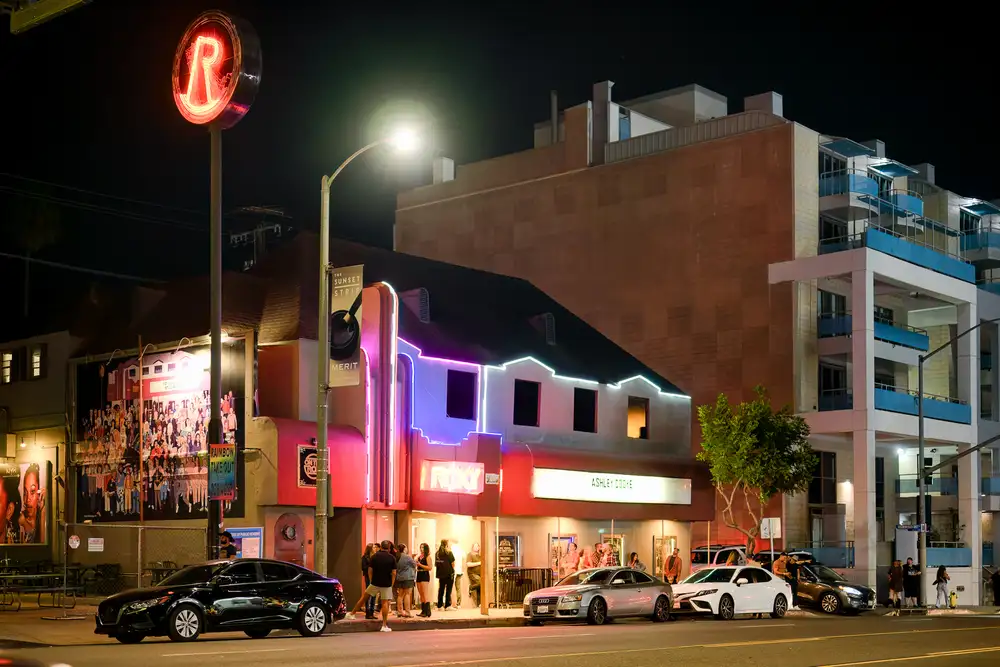

.webp)